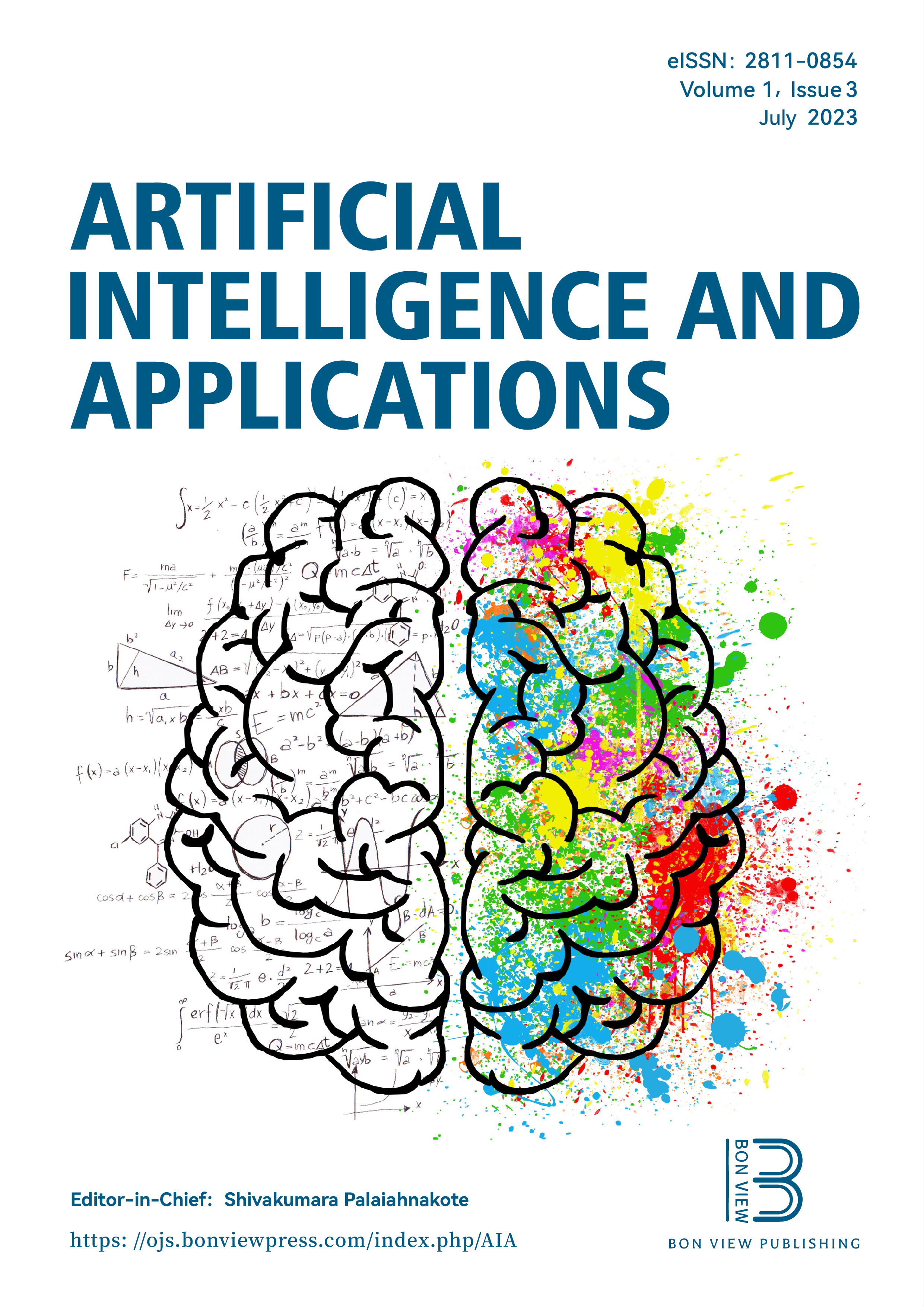Comprehensive Dataset Building and Recognition of Isolated Handwritten Kannada Characters Using Machine Learning Models
DOI:
https://doi.org/10.47852/bonviewAIA3202624Keywords:
run length count, K-means hierarchical clustering, convolutional neural network, support vector machine (SVM), histogram of oriented gradientsAbstract
In this work, an attempt is made to build a dataset for handwritten Kannada characters and also to recognize the isolated Kannada vowels, consonants, modifiers, and ottaksharas. The dataset is collected from 500 writers of varying ages, gender, qualification, and profession. This dataset will be used to recognize the handwritten kagunitas, ottaksharas, and other base characters, where the existing works have addressed very less on the recognition of kagunitas and ottaksharas. There are no datasets for the same. Hence, a dataset for handwritten 85 characters is built using an unsupervised machine learning technique, that is, K-means hierarchical clustering with run length count features. An accuracy of 80% was achieved with the unsupervised method. The dataset consists of 130,981 samples for 85 classes; these classes are further divided into upper, lower, and middle zones based on the position of the character in the dialect. After the dataset was built, support vector machine model with histogram of oriented gradients features was used for recognition and an accuracy of 99.0%, 88.6%, and 92.2% was obtained for the upper, middle, and lower zones, respectively, to increase the recognition rate, the convolutional neural network model is fine-tuned with raw input, and an accuracy of 100%, 96.15%, and 95.38% was obtained for the upper, middle, and lower zones, respectively. With the ResNet18 model, an accuracy of 99.88%, 98.92, and 97.55% was obtained for each of the zones, respectively. The dataset will be made available online for the researchers to carry out their research on handwritten characters, kagunitas, and word recognition with segmentation.
Received: 2 January 2023 | Revised: 17 March 2023 | Accepted: 22 March 2023
Conflicts of Interest
The authors declare that they have no conflicts of interest to this work.
Metrics
Downloads
Published
Issue
Section
License
Copyright (c) 2023 Authors

This work is licensed under a Creative Commons Attribution 4.0 International License.






